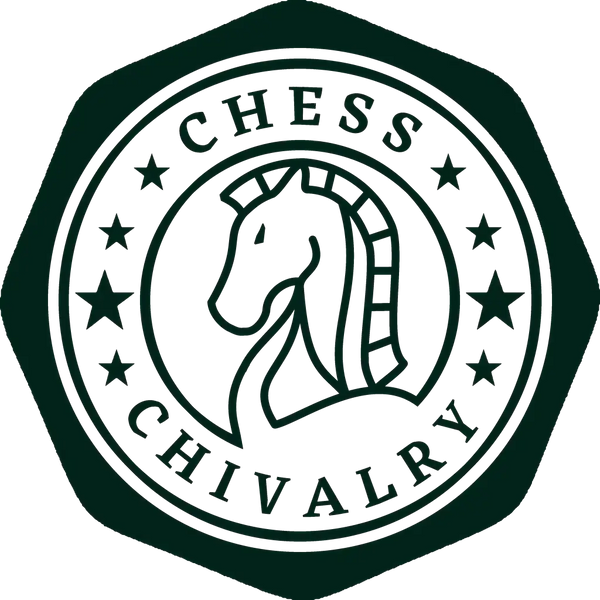
Chess Opening: The Caro-Kann Defence
Share
The Caro-Kann Defence was named after the chess analyst Horatio Caro from Newcastle and the chess master Marcus Kann from Vienna. Both chess players used the defence frequently towards the end of the 19th century, which is why the Berlin journalist Curt von Bardeleben first used the term Caro-Kann Defence in an article in the "Deutsche Schachzeitung" in 1890.
However, the opening only became more widely known in the course of the 20th century, as many world chess champions included it in their repertoire and played it successfully. Today, the defence is one of the most common answers to the opening with e4 and is characterised by a large number of side variations and courses of play.

The main variation of the opening is based on the following chess moves:
1.e4 c6
In contrast to many of Black's other defences, the Caro-Kann Defence relies on an immediate counter-attack on the centre. Black's first move thus serves to prepare for a pawn advance into the centre and intends a direct attack on the white pawn via the d5-square.
Strengths of the Caro-Kann Defence
The Caro-Kann Defence has significant advantages that have made the opening so famous:
- Early Counter-Attack:
Black immediately attacks the centre and forces White to defend. In comparison to other defences, White cannot develop unhindered and must incorporate Black's active actions more strongly into his strategy.
- Solid Position:
By counter-attacking early, Black can establish a stable position for his pawns and react appropriately to possible mistakes by White. At the same time, Black is less vulnerable to White's attacks.
- Strong Endgame due to Strong Pawn Structure:
The pawns are actively involved in the game and a stable pawn structure is created, which White can only break up with a lot of risk. If Black can maintain this advantage, he will have clear advantages in the endgame.
- A Good Alternative to the French Defence:
The Caro-Kann Defence follows the same idea as the French Defence. The initially passive move of a pawn prepares an attack on the centre. However, the Caro-Kann Defence has the advantage that the bishop is not blocked on the white squares.
Weaknesses of the Caro-Kann Defence
As with every opening, weaknesses were identified in order to react appropriately to the strategy of Black:
- Too Passive in the Middlegame:
Even if Black launches an early counter-attack, it is still possible for White to hold his ground in the centre. In addition, Black is heavily dependent on White's mistakes in order to gain an advantage.
- Strong Focus on Pawns:
The defence tends to over-involve pawns and thus hinder the freedom of movement of the other chess pieces. Black is forced to pay attention to these pawns and, if necessary, protect them with other pawns in order to secure his advantage for the endgame.
- Space Disadvantage for Black:
Although the inclusion of several pawns leads to a solid pawn structure, this is accompanied by a space advantage for White or a space disadvantage for Black. Tactical manoeuvres are thus made more difficult and the game is more sluggish than with other defences.
- Tendency to a Draw:
The Caro-Kann defence is strong enough to hold its ground against White, but in most cases ends in a draw. This is because although the defence is able to compensate for White's initial advantage, it cannot develop any significant attacking potential itself due to an overly passive style of play.
Possible Variations of the Caro-Kann Defence
The Caro-Kann Defence is a much-played opening and over the course of time has also produced a variety of game variations. I would like to discuss a few of them below.
Classic Course of the Caro-Kann Defence
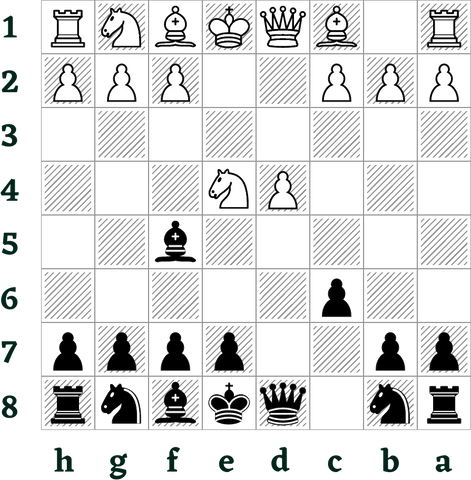
Chess Moves:
1.e4 c6 2.d4 d5 3.♘c3 dxe4 4.♘xe4 ♗f5
The classical Caro-Kann variation looks balanced, but shows an unusual exchange of attacks. The white knight will retreat to g3 and the bishop also positions itself on g6. Black must reply to a pawn advance on the h-file in order to create a chess square as an escape route for the bishop. After the knight's moves on f3 and d7, White will continue to push back the bishop with the h-pawn and finally want to capture with his own bishop on d3. Black captures the bishop on d3 and the white queen takes back. Although White is now somewhat more offensive, Black has a much more solid pawn structure and has the option of attacking the centre. The aggressive advance of the h-pawn could prove to be a risk for White as soon as the endgame begins.
Tartakower Variation (or Korchnoi Variation)
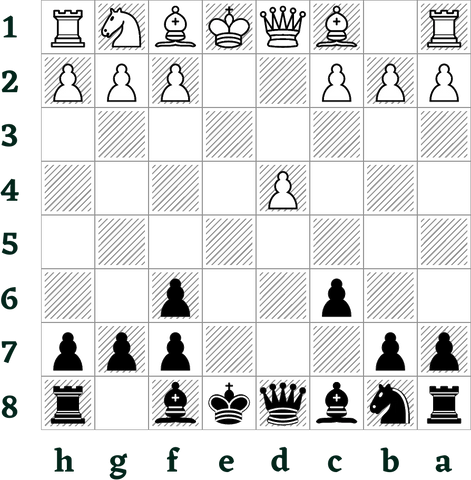
Chess Moves:
1.e4 c6 2.d4 d5 3.♘c3 dxe4 4.♘xe4 ♘f6 5. ♘xf6+ exf6
In the Tartakower Variation, named after the Russian chess author Savielly Tartakower (often also named after Viktor Korchnoi), an asymmetrical chess position emerges early on. White is one pawn up on the queenside, while Black can quickly castle to the kingside and develop his chess pieces more easily. Although the double pawn is unable to develop into a passed pawn, Black has a very stable position and thus opens up many possibilities for holding the game until the endgame.
Panov attack
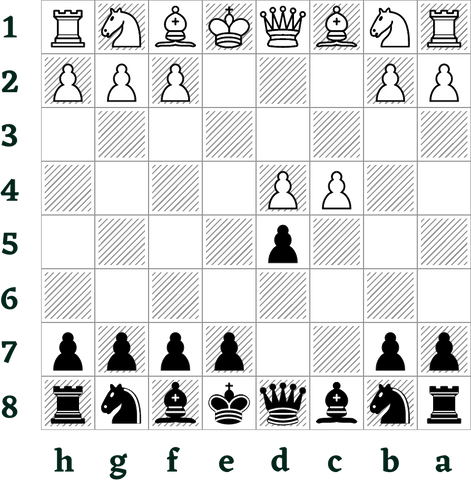
Chess Moves:
1.e4 c6 2.d4 d5 3.exd5 cxd5 4. c4...
The Panov Attack was named after the Russian chess player and chess theorist Vasily Nikolayevich Panov. In most cases, this variation is characterised by an isolated pawn for White on d4. As this represents a weakness in the pawn structure, White tries to use it offensively and support it with the other chess pieces. The aim is to integrate the weak pawn into the attack as profitably as possible. Black, on the other hand, tries to exploit this pawn as a weakness and conquer the centre. The exchange of attacks is now defined by the battle for the isolated pawn, which is why the game becomes very tactical.
Fantasy Variation
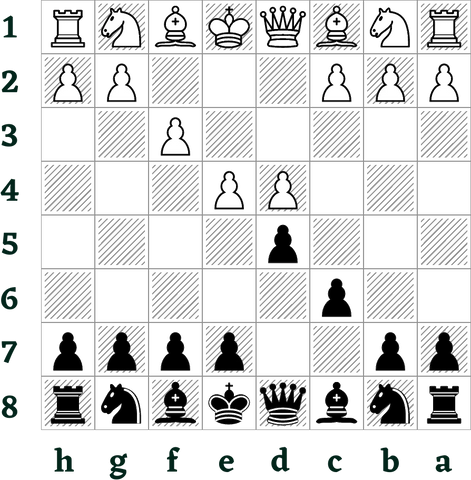
Chess Moves:
1.e4 c6 2.d4 d5 3.f3...
The Fantasy Variation is characterised by active pawn moves right at the start of the game. White aims to occupy the centre with pawns and, if possible, place a pawn on e5. However, this pawn must then be vigorously defended by White. The development of the game depends heavily on whether Black takes the pawn on e4 early or develops his chess pieces first in favour of an intact pawn structure.
Conclusion
The Caro-Kann Defence is one of the most famous, but also one of the most criticised defences in chess. Although it is considered a better alternative to the French Defence, it is not statically aimed at winning a game. Many players at a higher level play the Caro-Kann defence when a draw is sufficient or the opponent is considered superior from the outset. Whilst this is legitimate, it shifts the strategy of the game to conditions away from the chessboard. However, this does not mean that you should abandon the Caro-Kann defence in your repertoire. It surprises many opponents and with a little tactical skill, the player can aim to turn his opponent's inexperience into a victory.
I hope that my guide to the Caro-Kann defence has given you a good overview. If you have any further questions, feel free to write to me via my contact form. And if you are interested in chess pieces or chess boards in tournament format, you are also welcome to take a look at my range.
I wish you lots of fun with the game, much success and rapid progress with your learning.
See you soon.
Stefan
